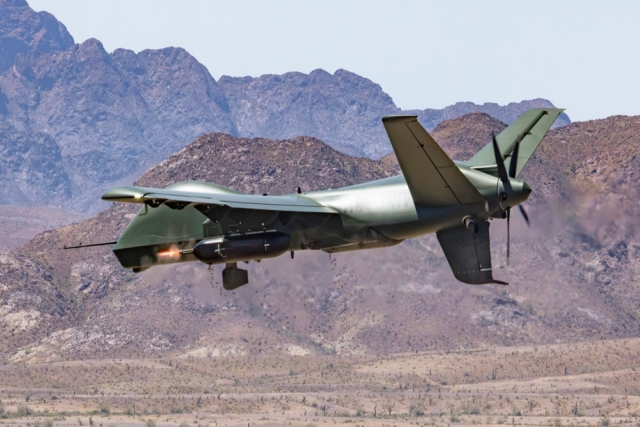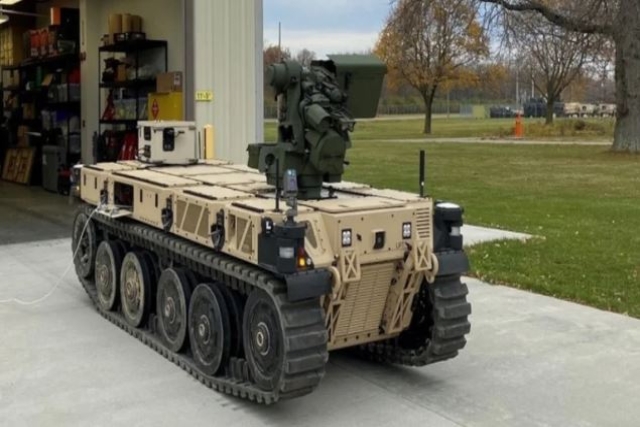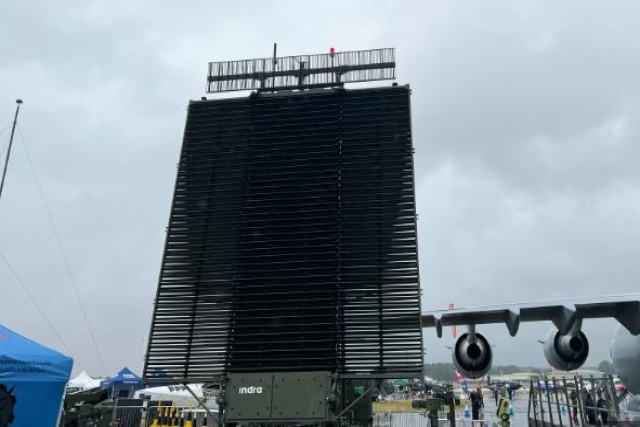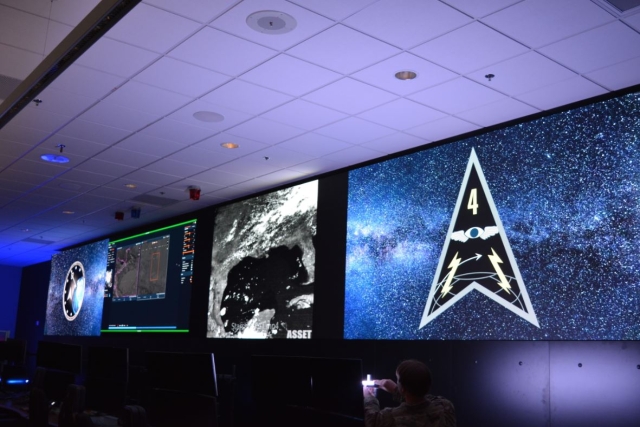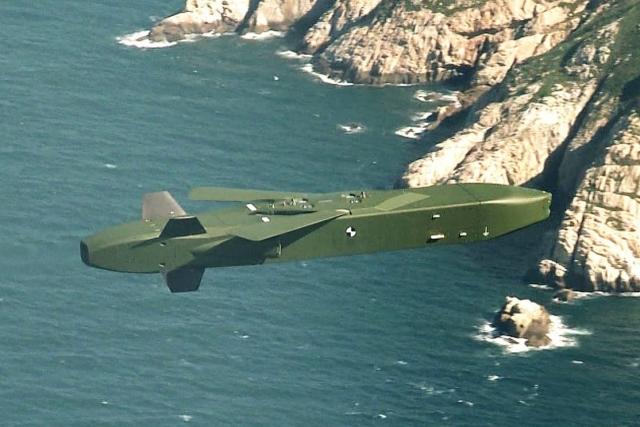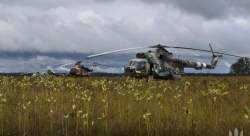U.S.A.F. Selects Anduril, General Atomics for Collaborative Combat Aircraft Program
The CCA program aims to develop cost-effective, modular unmanned aircraft to augment Air Force combat capabilities.
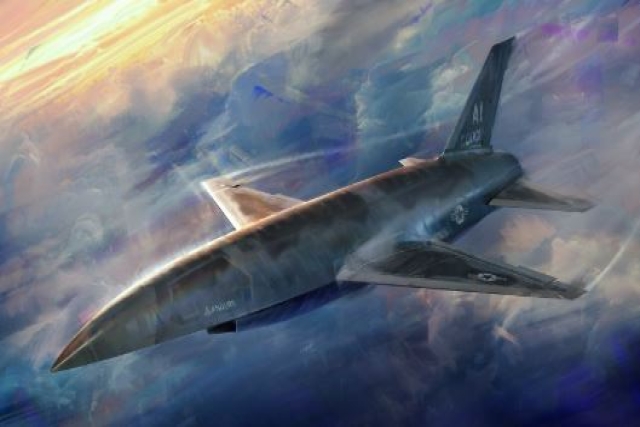
The U.S. Air Force has announced its decision to advance the Collaborative Combat Aircraft (CCA) program with Anduril Industries and General Atomics.
This selection, made public on April 24th, prioritizes the development of autonomous combat aircraft concepts proposed by these companies over competing designs from Boeing, Lockheed Martin, and Northrop Grumman.
Boeing has expressed disappointment with the Air Force’s decision. “While we are disappointed that we won’t be moving forward in this phase of the U.S. Air Force’s Collaborative Combat Aircraft program, we are undeterred in our commitment to providing next-generation autonomous combat aircraft for U.S. and global military customers. Work continues on our robust and growing autonomous family, including the MQ-25 Stingray and future derivatives, the MQ-28 Ghost Bat, and a number of proprietary programs we can’t disclose,” the company said.
Anduril Industries, a startup founded in 2017 and known for its recent acquisition of Blue Force Technologies and the "Fury" stealthy drone program, joins General Atomics Aeronautical Systems, the developer of remotely-piloted drones like the MQ-1 Predator and MQ-9 Reaper, in moving forward with the CCA initiative.
The CCA program is an integral part of the Next Generation Air Dominance (NGAD) program, which represents one facet of the comprehensive "family of systems" under the NGAD concept. In its fiscal year 2025 budget request, the Air Force has earmarked $577.1 million specifically for the CCA. Looking ahead, the Air Force plans to allocate a total of $8.9 billion towards the CCA program over the future-years defense plan extending through FY29.
The program aims to introduce modular, low-cost unmanned aircraft that can collaborate effectively with manned combat aircraft, enhancing the Air Force's operational capabilities against evolving threats, particularly from peer adversaries like China.
Under the "Increment 1" phase of the CCA program, Anduril and General Atomics will receive continued funding for detailed design, manufacture, and testing of production-representative test articles. The Air Force plans to finalize the selection by 2026.
This decision reflects the Air Force's strategic emphasis on achieving "affordable mass" in combat operations, leveraging innovative technologies to augment existing aircraft capabilities and address operational challenges.
Secretary of the Air Force Frank Kendall has highlighted the importance of collaboration with industry partners to accelerate the development and deployment of next-generation capabilities like CCAs. The Air Force intends to build between 1,000 and 2,000 CCAs costing $30 million per unit by the mid-2030s.
While future versions of the CCA may undertake tasks like electronic warfare, intelligence gathering, surveillance, reconnaissance, and aerial combat, their primary function initially will involve carrying extra munitions for F-35s, F-22s, and the Next-Generation Air Dominance fighter, set to replace the F-22. The requirement for stealth in these aircraft necessitates internal weapon storage, thereby restricting their capacity for combat payloads.
While details for Increment 2 have not been publicly defined, the Air Force aims to introduce more sophisticated features beyond basic payload augmentation.
Lt. Gen. Richard G. Moore, Jr., initially envisioned Increment 2 as a highly stealthy aircraft. However, recent assessments suggest that a larger number of less sophisticated autonomous drones may be more effective in certain operational scenarios, particularly in the Pacific theater.
Increment 2 is expected to strike a balance between advanced technology, operational effectiveness, and cost efficiency. This could include further advancements in autonomy, sensor capabilities, electronic warfare, and integration with manned combat aircraft.
